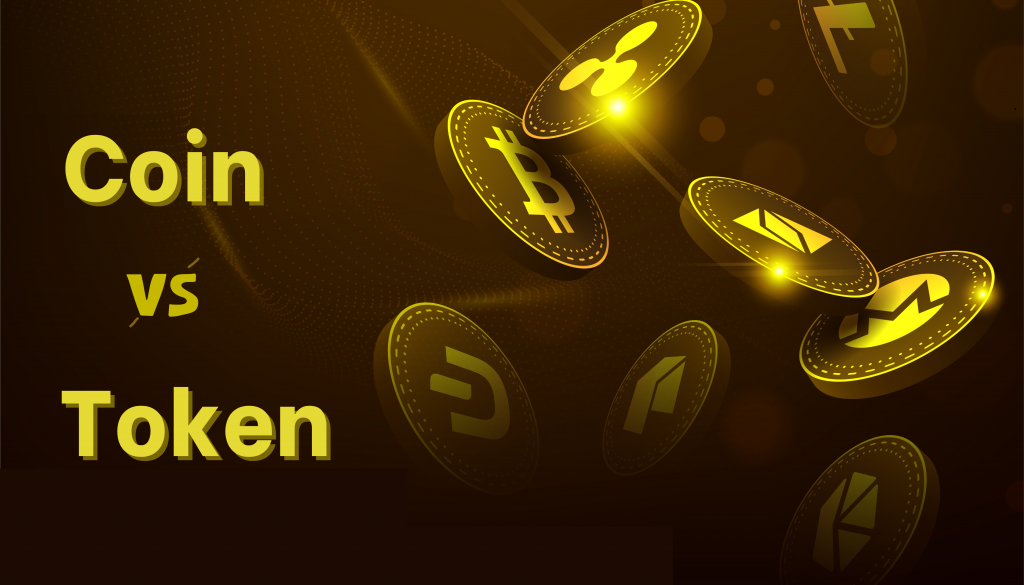What Is The Difference Between Coins and Tokens In Crypto?

Coins and tokens are some of the basic concepts of cryptocurrency and while many people use them interchangeably, they are in fact very different.
Coin: It is different from a token in that it is a standalone currency native to its own blockchain network. For example Bitcoin is native currency of Bitcoin blockchain and Ether is a native currency of Ethereum blockchain. All coins that are not Bitcoin are called altcoins. Similarly to traditional currencies, coins are mainly created as a medium of exchange. Coins can be used for storing value, exchanging for other cryptocurrencies, paying for goods and services, transferring to others and in some cases, voting. Coins are mined through Proof-of-work mechanism or earned through Proof-of-stake mechanism.
Token: A token is developed on top of the existing blockchain network. There are multiple different types of tokens but the main ones are security, utility and governance tokens. Utility tokens are designed to serve a specific purpose. Security tokens represent ownership of a fracture of a certain asset and work just the same as securities in the traditional financial world. Governance tokens allow users to make certain decisions on the blockchain, for example, vote to change trading fees on the platform or change fee reward distribution.
Thousands of tokens can be created on top of one blockchain. For example, ERC-20 tokens are the fungible tokens created on top of Ethereum blockchain. There are currently hundreds of ERC-20 tokens and some of the most popular ones are Shiba Inu, Uni and Matic. ERC-721 tokens are the non-fungible tokens otherwise known as NFTs created on top of Ethereum blockchain. Another commonly used type of tokens is called stablecoins. Despite the name, stablecoins are the tokens whose value is pegged to other assets, usually US dollars.
In some cases some cryptocurrencies are tokens on multiple networks. For example a token Leo exists on Ethereum, Binance Smart Chain and Hive networks. Some coins are represented as tokens on other networks. For example, Binance-peg Ethereum token is a representation of Ethereum that exists on Binance Chain (BEP2) and Binance Smart Chain (BEP20) networks and mimics the price of Ethereum.
While coins need to be exchanged on cryptocurrency exchanges because they exist on different protocols, tokens of one blockchain can be exchanged through internal applications amongst each other with minimal friction.
To sum it up, coins are the blockchain-based digital assets that are native to their own blockchain networks and are mainly used as a medium of exchange and to store value. Tokens in turn are the blockchain-based digital assets which exist on top of someone else’s blockchain and are used for different purposes including utility, security, governance and many others.
 We are happy to announce Panaroma Swap is now live !!
We are happy to announce Panaroma Swap is now live !!